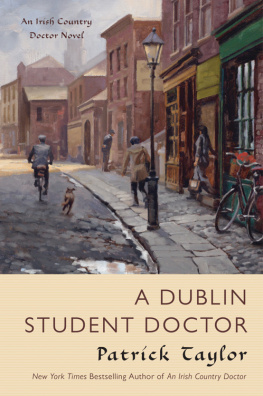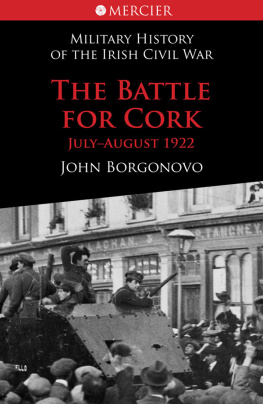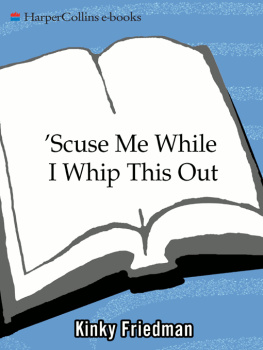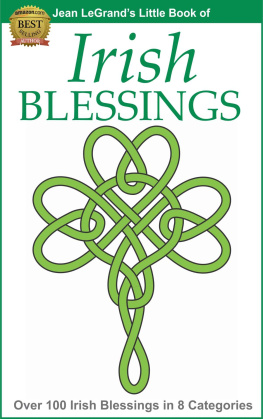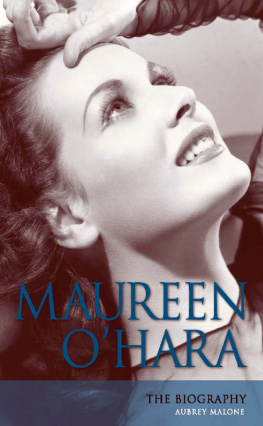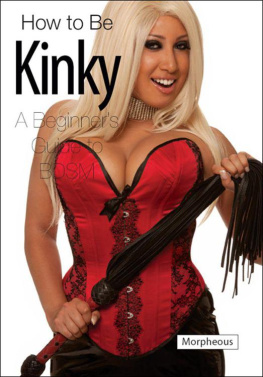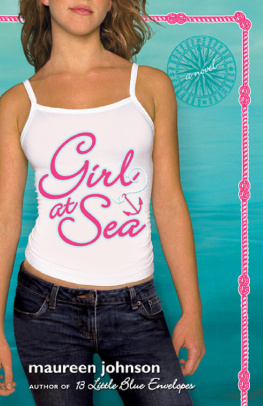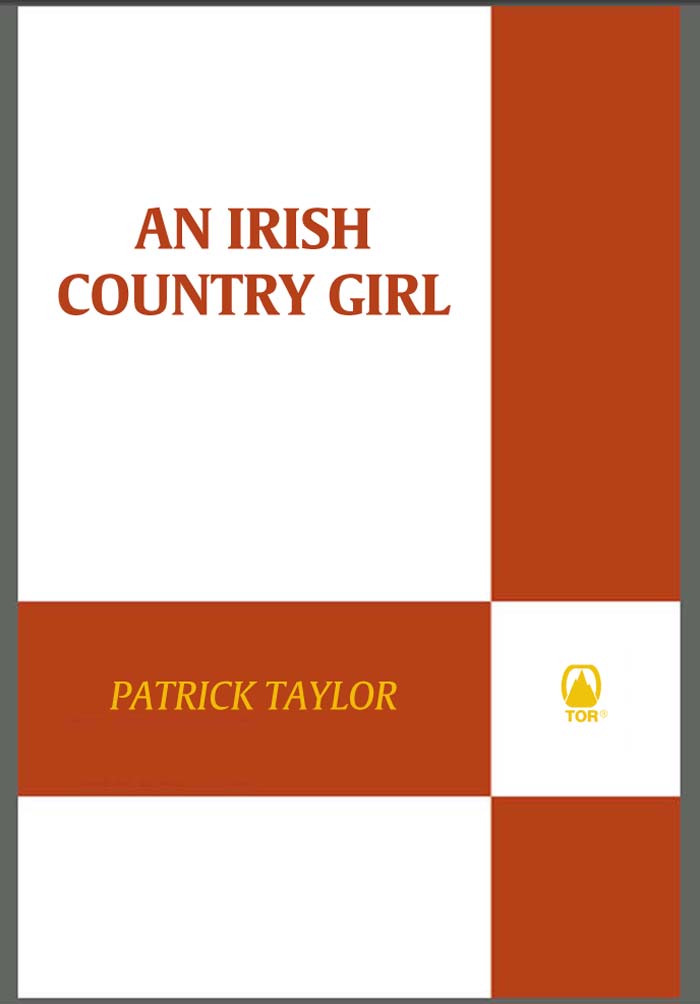An Irish
Country Girl
A LSO BY P ATRICK T AYLOR

Only Wounded
Pray for Us Sinners
Now and in the Hour of Our Death
An Irish Country Doctor
An Irish Country Village
An Irish Country Christmas
An Irish
Country Girl
P ATRICK T AYLOR

A Tom Doherty Associates Book
New York
This is a work of fiction. All of the characters, organizations,
and events portrayed in this novel are either products of
the authors imagination or are used fictitiously.
AN IRISH COUNTRY GIRL
Copyright 2009 by Patrick Taylor
All rights reserved.
A Forge Book
Published by Tom Doherty Associates, LLC
175 Fifth Avenue
New York, NY 10010
www.tor-forge.com
Forge is a registered trademark of Tom Doherty Associates, LLC.
ISBN 978-0-7653-2071-1
First Edition: January 2010
Printed in the United States of America
0 9 8 7 6 5 4 3 2 1
To Dorothy

A CKNOWLEDGMENTS
Although my name may be on the cover and spine, no book is the product of a single individual.
Natalia Aponte, my agent and friend, made a suggestion over lunch that got me thinking about and finally writing An Irish Country Girl.
Tom Doherty of Tom Doherty Associates had the faith to allow me to follow my instincts.
Carolyn Bateman, my friend and editor, has read every word I have ever written. Without her skill and deeply professional advice, my sentences and paragraphs, plotlines and characters would be but shadows of their present forms.
Paul Stevens of Forge polished the final manuscript and made it shine.
Patricia Mansfield Phelan once more copyedited my work with her usual meticulous attention to detail.
Irene Gallo of the Forge art department created the concept, and the artist Gregory Manchess rendered the illustration that became the cover.
Sarah Howard, ne Taylor, instructed me, literally, in the arcana of the tarot.
Dympna Birds skill in the Irish language gave my characters words the authenticity that I could not have provided. Corkman Dave Hyde corrected my misapprehensions about the game of road bowls.
To you all, I offer my most heartfelt thanks.
A UTHORS NOTE
Near the end of An Irish Country Christmas, Mrs. Kincaid, housekeeper to Doctor Fingal Flahertie OReilly of Ballybucklebo, bids farewell to her employer, his young assistant, Doctor Barry Laverty, and OReillys lady friend, Kitty OHallorhan. It is a snowy Christmas Day in 1964, and they are leaving to attend an open house being held by the Marquis of Ballybucklebo.
Mrs. Maureen Kincaid, Kinky to her friends, has earlier welcomed a group of youthful carol singers into the hall of the doctors house. What transpires next as she gives the youngsters hot drinks and sweet mince pies is where this work, An Irish Country Girl, starts. It is Kinky Kincaids story.
All of this will make perfect sense to readers of the Irish Country novels who have already encountered Kinky, Fingal, Barry, and the village of Ballybucklebo. But if this is your first venture here, it will be uncharted territory, and a few words of introduction are called for.
The first three books in the Irish Country series are set in 1964 in County Down, Northern Ireland, in the small village of Ballybucklebo. They concern the adventures and misadventures of Barry Laverty, a brand-new medical graduate who has accepted a temporary assistantship to the unorthodox Doctor Fingal Flahertie OReilly. The young man and his mentor tend to their patients, many of whom are as eccentric as their senior medical advisor. Because OReilly is who he is, the two doctors also spend a considerable amount of energy solving the problems that arise in the everyday life of the village.
OReilly is fifty-six, widowed, a single-handed practitioner, a big man of distinctly odd attitudes, blasphemous, crustyand a fine physician. His household consists of the demonically possessed white cat, Lady Macbeth; the dipsomaniac, Wellington bootstealing black Labrador, Arthur Guinness; and the solid, reliable housekeeper, Mrs. Maureen Kinky Kincaid.
Having said that, some explanation is also needed for the readers who have come to know Doctors OReilly and Laverty, the village, and its inhabitants, because this book is different. But let me first thank you for your loyalty to Ballybucklebo. And please dont worry. Now that An Irish Country Girl is finished, I have begun work on the next Irish Country tale, which is set in familiar territory and peopled by the usual suspects.
Because this story is a departure, old friends and newcomers alike may be interested to learn how An Irish Country Girl came to be. For almost a year, one of my characters kept after me to try to answer a single question: how did she develop her most unusual trait? By the time I had the solution, I knew I had to tell Mrs. Kincaids story, the one you are about to read.
I base my characters on people I have known, but I never simply describe one person. Instead I take a physical characteristic here, a personality trait there, a speech pattern from elsewhere. When I was a young doctor doing locums for rural Ulster GPs, I met several housekeepers, remarkable women all. Kinky grew from them.
When she first appeared in An Irish Country Doctor, Kinky was in her mid-fifties, much smarter than people thought at first sight, a Cork womanand fey.
Dont laugh. Some Irishwomen do have the sight. My grandmother did, and I believe that, even after thirty-five years working in medical research. How else could she have sat up and announced, Maggies dead? Her younger sister lived fifty miles away. Thirty minutes later the telephone rang. Maggie had died at almost exactly the moment Granny had made her pronouncement.
Kinkys ability to see things persisted in the sequels to An Irish Country Doctor, and I began to wonder how she was given the gift. That was the question that nagged.
Eventually I remembered another of my housekeeper friends from my early days in practice. She had a marvellous way of recounting stories from Irish mythology, a subject that has fascinated me since childhood.
This friend came from Ballydehob (Mouth of the Two River Fords) near Skibbereen (Place of Little Boats) in West Cork. I have only to close my eyes to hear her saying in her rich brogue, Now, Doctor Taylor, dear, in the telling of English stories youd have begun, Once upon a time, so, but in Ireland we say, And it is what it was... , or And this is what he said... , or It is what she did. We do use them sometimes in the middle of the tale too, so. And off shed go weaving her magic. When she spoke she held me in thrall.
She often spoke of the Dubh Sidhe (doov shee), the dark faeries, and in particular the Bean Sidhe (banshee), the woman spirit whose keening foretells a death. One story in particular concerned the Saint Stephens Day Ghost, or Taidhbhse (thevshee), who appeared on not one, but two Boxing Days.
Kinky came from a farm near the five-road-ends of Beal na mBlth, also in County Cork. What, I asked, might have happened there in the 1920s as an Irish girl named Maureen OHanlon grew to womanhood, fell in love, began to meet the denizens of the other world, and saw the Saint Stephens Day Thevshee, not once, but twice?


